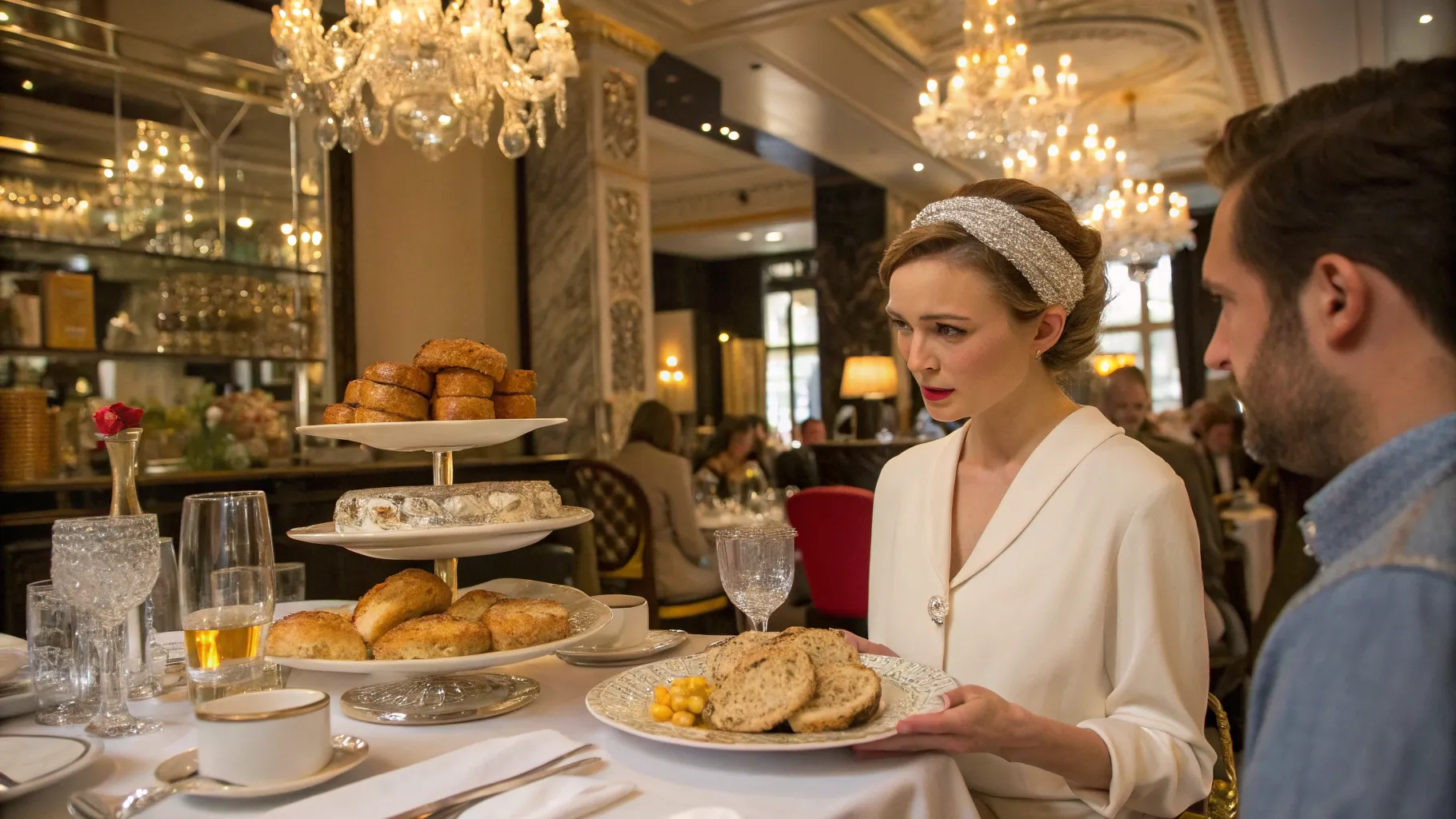In a world obsessed with curated aesthetics, gluten-free trends, and the endless pursuit of curated lifestyles, the satirical theatre sketch “Oh My God, Constantine… Bread!” brilliantly dissects the absurdity of privilege and the often painfully awkward encounters between the ultra-wealthy and the “ordinary.” Crafted with razor-sharp wit by satirist Michael Schaller and brought to life by the troupe Best Workout & Yoga Fitness Music Mix 2025, this sketch is a modern farce that reimagines classic upper-class satire with a fresh, Gen-Z pace and razor-sharp social commentary.
What unfolds is a hilarious yet painfully relatable scene where Arabella, an über-elegant woman accustomed to the finest things, drags her companion Constantine to a “normal” brunch. What follows is a meltdown over laminate floors, gluten bread, and oat milk — all delivered with deadpan irony and a biting critique of status obsession and social disconnect.
Table of Contents
- Introduction: The Satire of Status and Social Disconnect
- Brunch Invitation Gone Wrong: The Clash of Worlds
- The Laminate Floor Horror: Symbolism of Resignation
- Rich-vs-Real Showdown: The Human Faces Behind the Satire
- Unremarkable and Toast Without Crust: The Ultimate Insults
- Why “Oh My God, Constantine… Bread!” Resonates
- Lessons from the Sketch: Beyond the Laughs
- FAQ: Understanding the Satire in “Oh My God, Constantine… Bread!”
- Conclusion: A Brilliant Satire for Our Times
Introduction: The Satire of Status and Social Disconnect
The sketch opens with Arabella’s incredulous observation of the laminate flooring — not oak, not engineered hardwood, but the beige laminate variety. This seemingly trivial detail sets the tone for the entire piece: a sharp satire that mocks the pretense, superficial judgments, and micro-aggressions of the privileged when faced with anything outside their curated bubble.
Arabella’s tone is both amused and scornful, revealing a rich character who is painfully aware of her own entitlement, yet unable to suppress her disdain for the “resignation” she perceives in this less glamorous setting. The sketch’s brilliance lies in its ability to convey this tension with humor and theatrical flair.
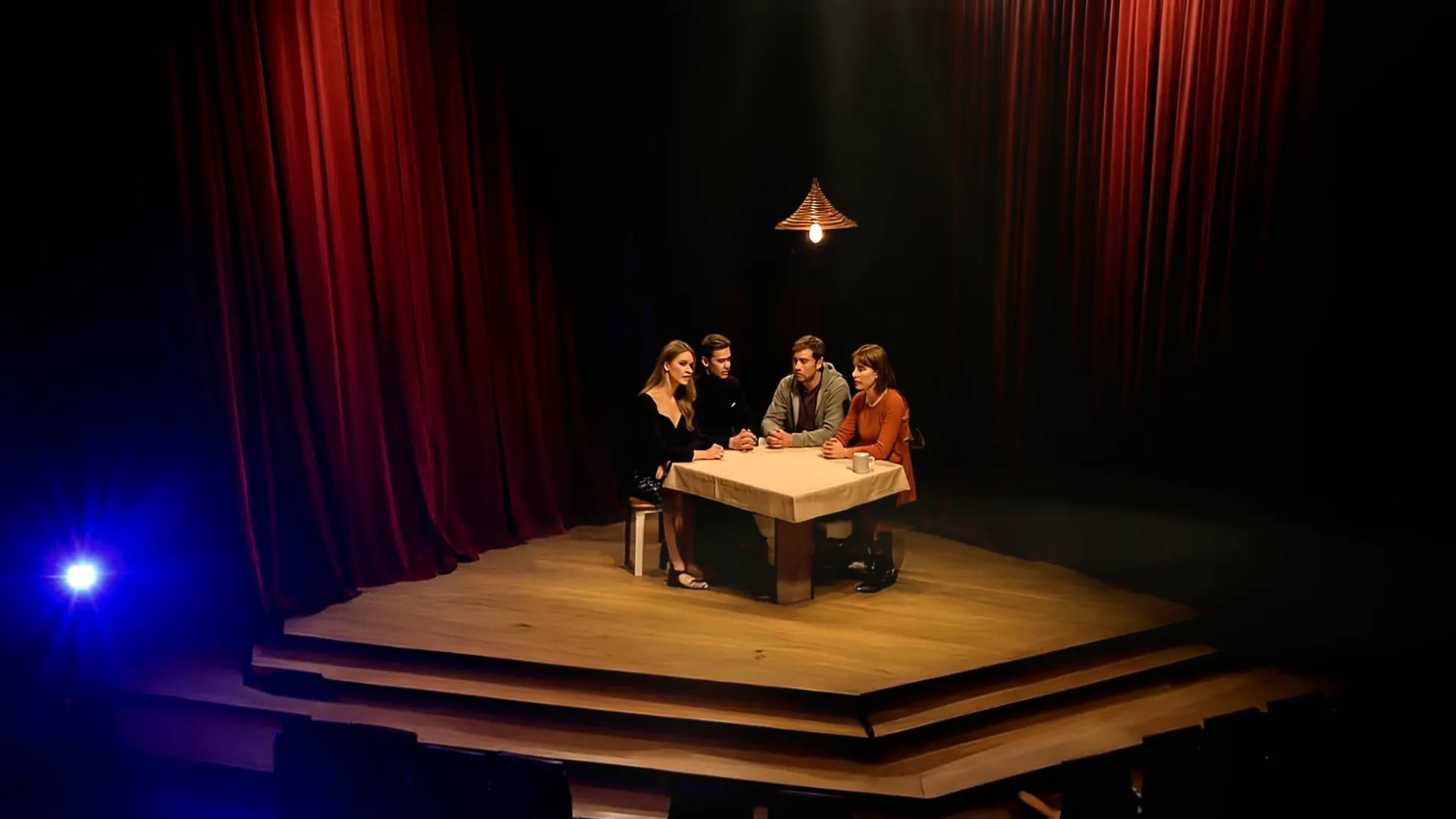
Brunch Invitation Gone Wrong: The Clash of Worlds
Arabella’s invitation to brunch was meant to be an adventure, a dive into the “real world.” Yet, what she encounters is far from the exotic or edgy experience she imagined. Instead, it’s a scene of everyday life that feels alien and unsettling to her privileged sensibilities.
Her commentary on the people around her — smiling genuinely without Botox or filters, eating gluten bread without irony — highlights the gulf between her world and theirs. This isn’t a rustic, artisanal Pinterest board brunch; it’s a raw, unfiltered slice of normalcy that feels like community theatre unaware of its own amateurishness.
The Horror of the Ordinary
Arabella’s disdain for the “ordinary” is encapsulated in her reaction to the bread. No chia seeds, no spirulina, just plain bread with crust baked in an actual oven. This simple, wholesome food becomes a symbol of everything she finds disappointing and unworthy of her refined tastes.
Her attempt to order oat milk — a staple in many trendy cafes — is met with confusion from the woman behind the counter, who looks at her as if she requested something alien and esoteric. This moment perfectly captures the disconnect and cultural gap between Arabella’s world of luxury and the everyday reality of most people.
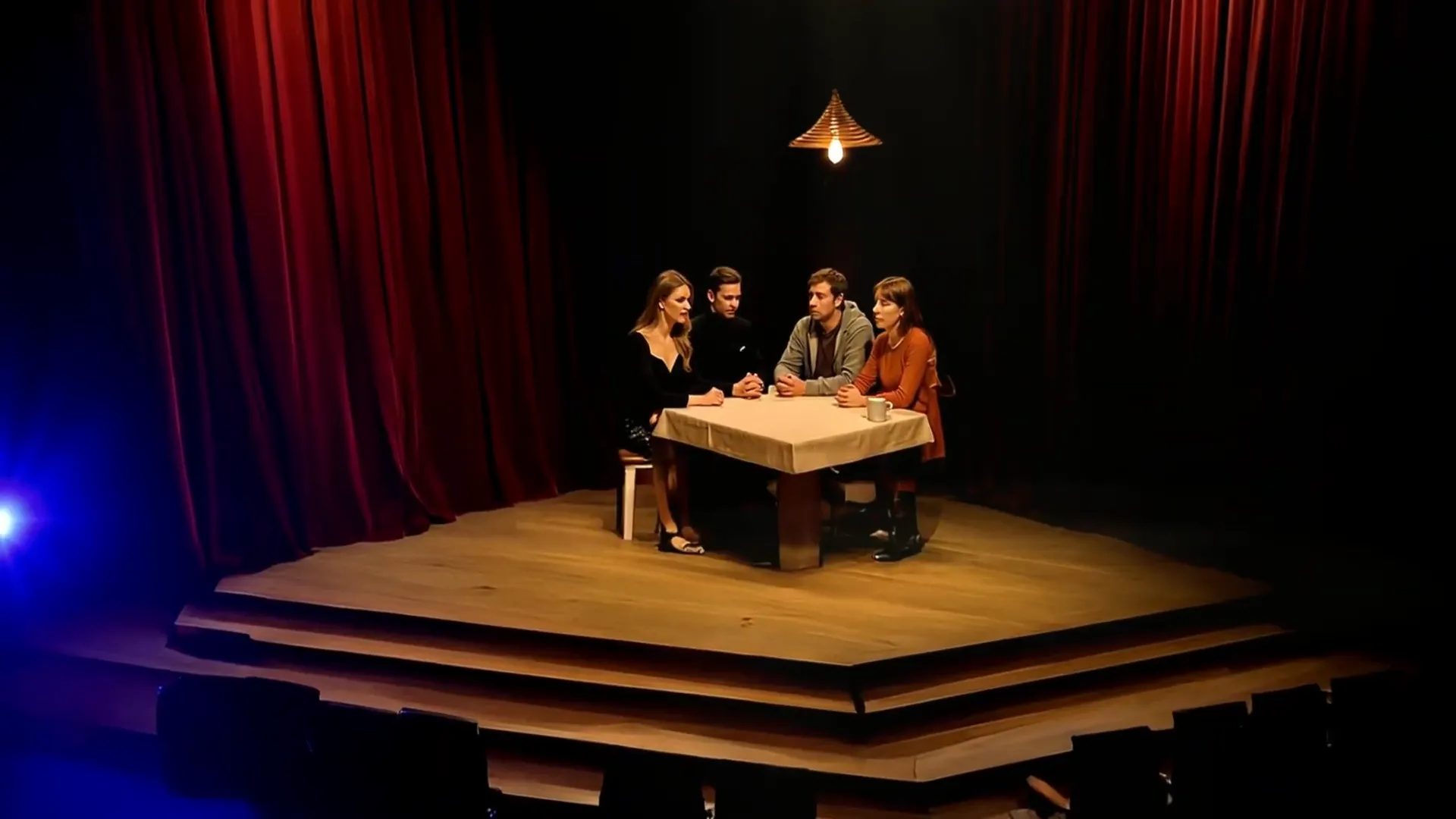
The Laminate Floor Horror: Symbolism of Resignation
The laminate flooring, initially a minor detail, becomes a powerful metaphor throughout the sketch. Arabella’s observation that it is “actual laminate flooring, not oak, not engineered hardwood laminate in beige” is more than a critique of interior design. It symbolizes a deeper resignation — a subtle surrender to mediocrity and the loss of aspiration.
Arabella contrasts this with what she expects from a “rustic theme,” but quickly dismisses that idea, revealing that what she truly sees is not rustic charm but a kind of defeated acceptance. The floor beneath her feet reflects the mood of the place and its people: unremarkable, uninspired, and quietly resigned.
Lighting as a Metaphor for Lost Feelings
Even the lighting contributes to this atmosphere. Arabella describes the lamps as “just hanging with no aesthetic statement, just light, like in a warehouse for lost feelings.” This vivid imagery deepens the sense of emotional and cultural barrenness she perceives, turning the physical environment into a character in its own right.
Rich-vs-Real Showdown: The Human Faces Behind the Satire
Arabella’s gaze falls on two figures, Lisa and Kevin, whose ordinary names contrast with the elevated world Arabella inhabits. Lisa works in elder care, and Kevin is involved in some sort of electrical work described as “independent” — a euphemism for precarious or unglamorous labor.
Arabella’s judgment of their professions as “not a job” but rather “a Motivin show poster that fell off the wall” reveals her internalized elitism and the class biases that fuel her satire. These characters represent the “real world” that Arabella both envies and scorns, and their presence challenges the audience to reflect on social divides and the absurdity of status obsession.
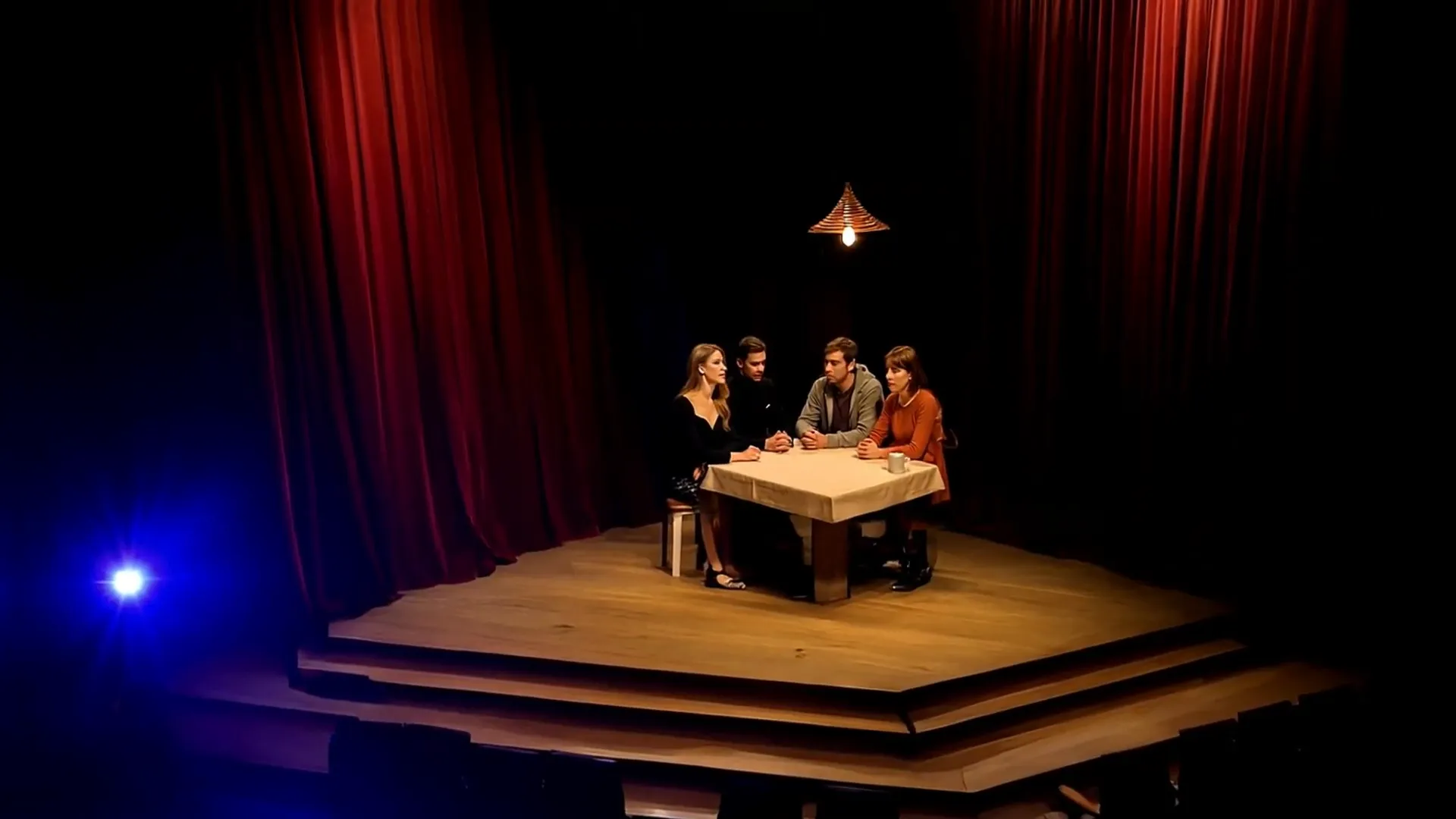
Social Media and the Performance of Brave Realness
Arabella muses about posting her experience with the caption “deep dive into the real world. So brave today.” This line hilariously critiques the performative nature of social media, where acts of “grit” and “realness” are commodified as content for applause and validation.
Her sarcastic remark about “No champagnes on grit and gluten-rich people study the poor” underscores the irony of privileged people studying less privileged lives as if they were exotic specimens, all while maintaining their own status and detachment.
Unremarkable and Toast Without Crust: The Ultimate Insults
The sketch culminates in Arabella’s bitter self-reflection and a final, cutting insult: “I think today I learned what it feels like to be unremarkable, luckily just for research, not for life.” This admission humanizes her character, revealing vulnerability beneath the satire.
Yet, true to the sketch’s sharp tone, she ends with a brutal quip: “If you were a bread, you’d be fucked at you. And there, toast without crust.” This metaphorical put-down blends the mundane and the absurd, perfectly capturing the sketch’s comic spirit.
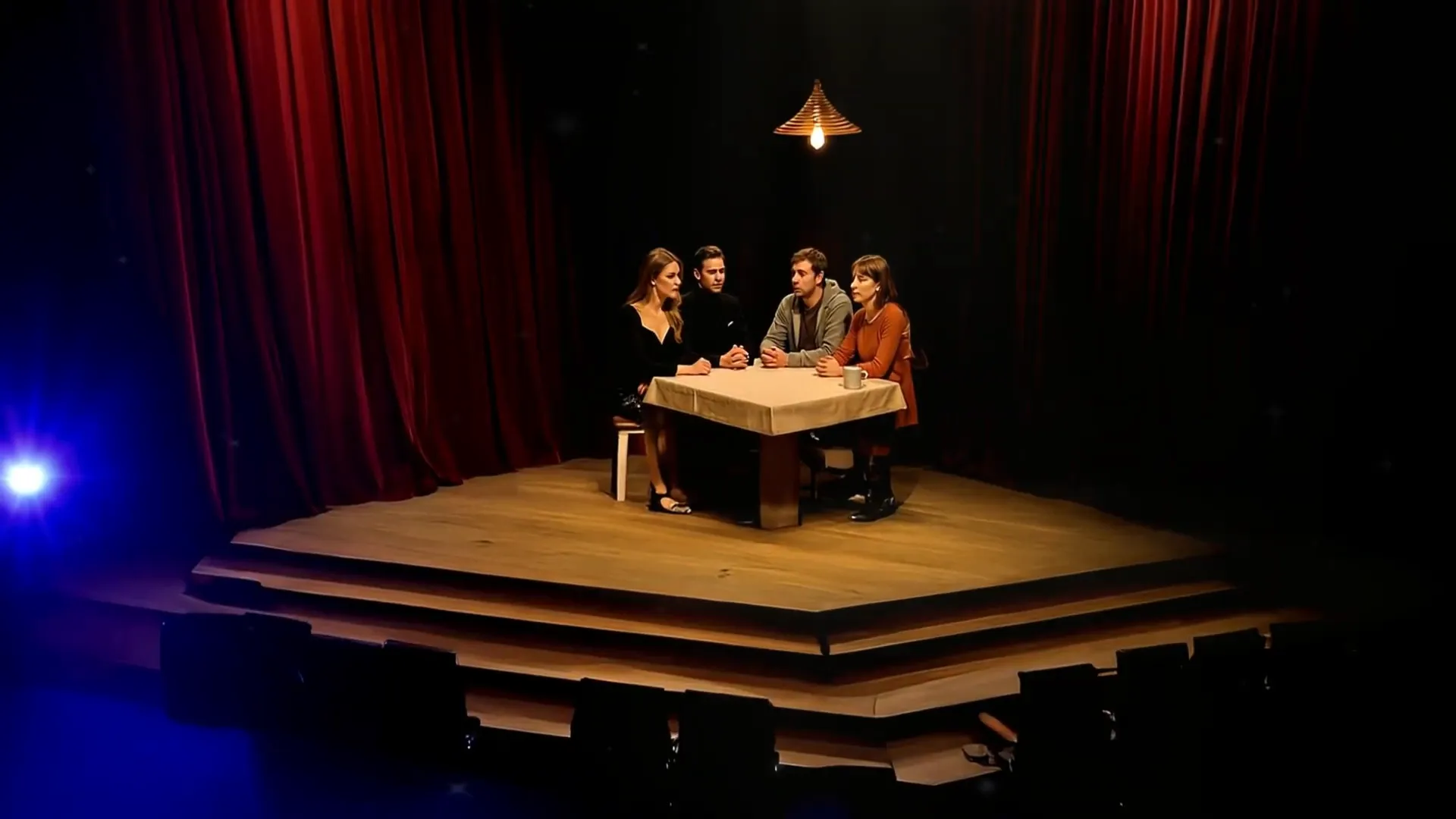
Why “Oh My God, Constantine… Bread!” Resonates
This sketch is more than just a comedy about brunch and laminate floors; it’s a mirror held up to society’s obsession with status, appearances, and the performative nature of “realness.” Its success lies in combining the timeless DNA of classic British farce, such as Monty Python’s “Upper Class Twit,” with contemporary pacing, visuals, and cultural references.
- Relatability: Anyone who has ever rolled their eyes at humble-brag culture or felt out of place in a social setting will find humor and truth in this satire.
- Social Commentary: The sketch probes issues of class divide, privilege, and the absurdity of social hierarchies with nuance and sharp wit.
- Performance Energy: Shot in one continuous take on a classic proscenium stage, the sketch captures the immediacy and intimacy of live theatre, enhancing its impact.
Lessons from the Sketch: Beyond the Laughs
While the sketch delivers laughs, it also invites deeper reflection on how we view others and ourselves in a world obsessed with image and status. It challenges viewers to consider:
- The superficiality of social judgments: How often do we let trivial details like flooring or food choices dictate our opinions of people or places?
- The performative nature of empathy: Are acts of “studying” or “experiencing” other lives genuine, or just another form of self-promotion?
- The human cost of social divides: What does it mean to be “unremarkable” in a culture that prizes uniqueness and exceptionalism?
FAQ: Understanding the Satire in “Oh My God, Constantine… Bread!”
What is the main theme of the satire?
The primary theme is the critique of privileged detachment and the performative nature of social status, especially how the wealthy perceive and often condescend to ordinary life.
Why is the laminate flooring such an important detail?
The laminate flooring symbolizes mediocrity and resignation — a physical manifestation of the emotional and social environment that Arabella finds disappointing and uninspiring.
How does the sketch use food to convey its satire?
Food, especially the plain gluten bread and the absence of trendy ingredients like chia seeds or spirulina, serves as a metaphor for authenticity versus pretension. Arabella’s horror at the bread’s simplicity highlights her disconnect from “real” life.
What role does social media play in the satire?
Social media is mocked as a platform where privileged people perform “bravery” and “realness” by venturing into ordinary environments, turning genuine experiences into content for validation.
Is the satire meant to be cruel?
While the tone is biting and sarcastic, the satire aims to provoke thought and laughter rather than outright cruelty. It exposes human foibles and societal absurdities with humor and insight.
Conclusion: A Brilliant Satire for Our Times
“Oh My God, Constantine… Bread!” is a masterclass in satire, blending sharp social critique with theatrical flair and modern cultural references. It holds a mirror to the absurdities of privilege, status anxiety, and social performance, all while delivering laughs through its clever dialogue and vivid imagery.
Arabella’s journey through laminate floors, gluten bread, and oat milk isn’t just a comedy sketch — it’s a cultural commentary on how we navigate identity, class, and authenticity in a world obsessed with appearances. Whether you find yourself sympathizing with Arabella’s snobbery or laughing at her pretensions, this sketch invites us all to reflect on what it means to be “real” in an increasingly curated society.
For anyone interested in satire that cuts deep but keeps the humor flowing, this sketch is a must-watch and a must-read. It’s a reminder that sometimes, the simplest things — like bread with crust — can reveal the most about who we are.

